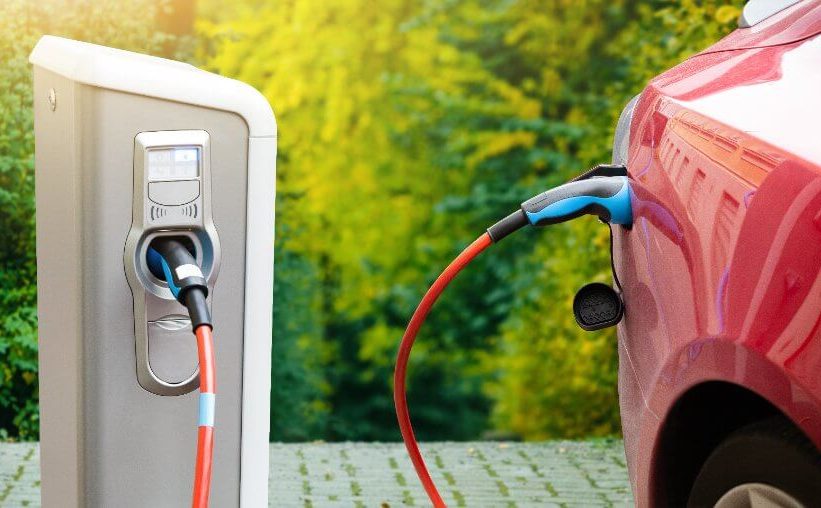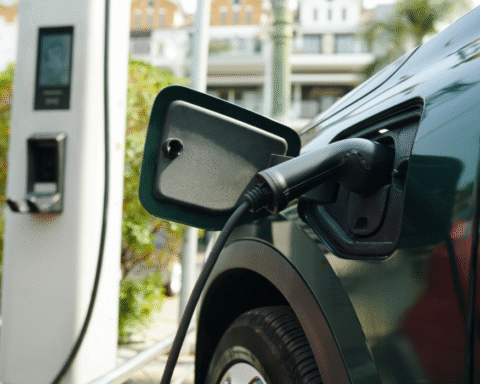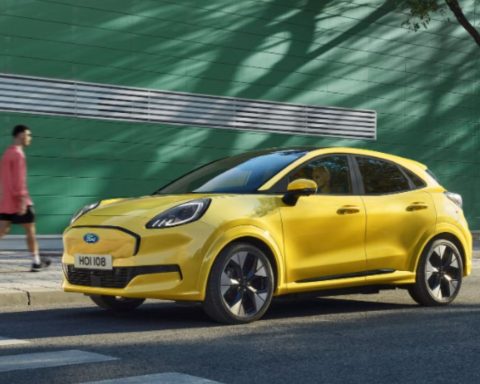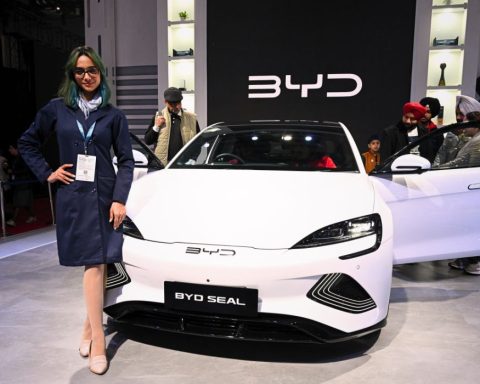In what was a first for the United States, last week, California regulators announced that the state would ban the sale of new gasoline-powered cars by 2035.
The concrete new rules will accelerate the transition to electric vehicles (EVs) in the car-centric state where transportation is responsible for 41% of greenhouse gas emissions. The ban, which followed similar prohibitions in British Columbia, Quebec and the European Union, will mean that car manufacturers could face a fine of US$20,000 for every vehicle they sell in the state that doesn’t comply. But, in the meantime, it’ll be up to consumers whether they want to keep burning petrol or make the switch to an EV.
One huge barrier for many is initial cost, although Corporate Knights analyses show that EV owners will eventually save on total costs over 10 years versus what they would have spent on the equivalent gas-burning model. Tax credits coming from the recently passed U.S. Inflation Reduction Act (US$7,500 for a new EV and US$4,000 for used ones) will help put a dent in sticker shock, but roadblocks to EV uptake remain.
Another hurdle for consumers is the amount of time it takes to charge an EV. But a new report shows that this might not be a concern for long. Researchers at the Idaho National Laboratory have devised a new way to charge EV batteries to 90% within 10 minutes.
“Fast charging is the key to increasing consumer confidence and overall adoption of electric vehicles,” said researcher Eric Dufek, who presented his findings last week at a meeting of the American Chemical Society. “It would allow vehicle charging to be very similar to filling up at a gas station.”
The challenge to finding fast ways to charge the lithium-ion batteries found in EVs has been that a speedier charge can damage the battery. To get around this, the researchers used machine learning to figure out the specific conditions that would lead to the failure of different types of batteries as they age. They then used that information to optimize the amount of energy they could quickly put into a battery cell.
Researchers say this model could be used to help design new batteries, but they likely won’t make their way into EV markets for another five years. Of the products currently out there, Tesla has claimed that its network of superchargers can charge up to 200 miles (322 kilometres) worth of battery space within 15 minutes, but its chargers don’t currently work with other EVs. (The company has said that it will start producing new equipment that will let other EVs use its superchargers.)
In Canada, the speed at which chargers operate is only half the battle, as a recent study compiled by the federal government found that the country would need 200,000 EV chargers by 2030 to have one charger for every 24 EVs on the road. The country has a lot of work to do to meet that target, as the International Energy Agency found that, as of 2021, Canada had only around 0.06 public chargers for every EV.
While bans on new gas cars in places such as California and Quebec, coupled with the tax credits in the Inflation Reduction Act, are sure to shift the transition to electric vehicles into a higher gear, charging technology seems set to keep pace.







